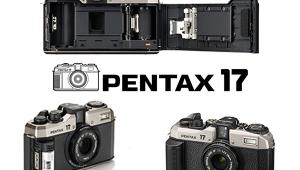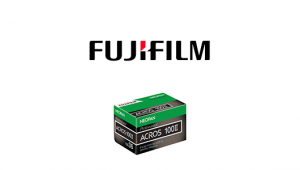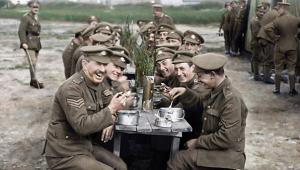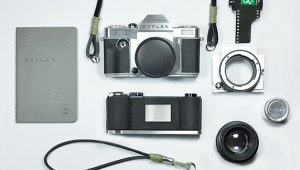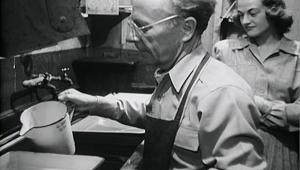Compaq International is committed to provide the highest quality power cable accessories. The company with it's ShrinkFit trademark stands leader in India and overseas market.
Cable accessories manufacturer
Surge arrester manufacturers
Silicone rubber insulator
Monochrome Diary: Finding a Personal Aesthetic
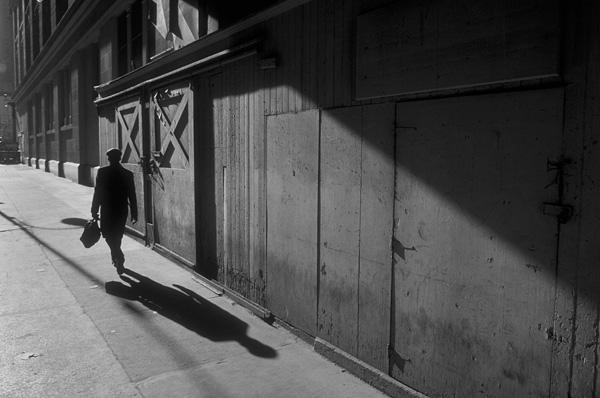
When a photographer deals with the emotions generated by black-and-white prints, and the methodology of creating and defining those emotions and how they are generated, he or she begins to deal with developing a sense of the aesthetics of the monochrome image. To me, any attempt to define an aesthetic must be made within the context of printmaking practices and the choices made by the photographer while exposing the image and making the print.
However, issues of the end-use of the image, and the subtext and motivations of the photographer/printmaker must also be taken into account. This recognizes that while abstraction lies at the heart of any image (as does the formation of an "image" from what is essentially, in the case of film, silver clumps and from a digital file from electronic turned binary code), there should be commonly agreed-upon terms of association and reaction that form a real-world community of shared feelings that define the success, or effectiveness of the combination of technique and emotions.
The photographer/printmaker, in order to communicate most effectively, should have some grasp of these terms and associations. They should be used, either pragmatically or in lyrical fashion, in the making of the image. Without that thought process the print may lack that special spark that raises it above a documentation of light that happened to be in front of the camera the moment the shutter was snapped.
In the end, the aim is an effective black-and-white image, one that communicates quite specifically the ends of the photographer/printmaker. This premise also assumes that the photographer and printmaker are one, or that the printmaker has a very vivid understanding of what the photographer wishes to communicate within the image. Without that bonding of emotion and need, the print can only serve as an approximation of intent, and can serve that intent in only very broad or cliched terms.
By effective is also meant an image that is startling, revelatory and fantastic; or blunt, perverse in its rawness of statement; or even reserved and subtle and appealing to only the most trained eye. Techniques may be used to enhance all the above; "tricks" may also be used to seduce the eye of the viewer. Melodrama, the heaviest form of technique, may also be used to trick the viewer with tongue-in-cheek tonal plays that mesmerize the novice and amuse the initiates. But this sense of play can also be used to create a spark of association in the viewer that leads to a sense of bonding with the "other", or abstraction brought home. In short, whatever tools and techniques are used to create that bond, to bridge the gap between image and association, are fair game and the subject of any inquiry.
Of course, the image, or subject, dictates much of the technique, or approach. But the main element is the "filter", if you will, of the photographer/printmaker's emotional context and communication. Though biographical notes on the photographer/printmaker's intent are helpful, they are not always available. And, aesthetics relies on more universal terms than one's own resume or field notes. In short, the image goes beyond the photographer and reaches into a more universal pool of thought. It is the result of the photographer putting his or her toes into that pool and in understanding the shared terms and practices of the medium. This leads to an effective communication and hopefully to a broader understanding of what establishes an aesthetic.
For example, a landscape can be thought of as a documentation of place, and effective landscape images are those that communicate a sense of that place. That can mean a vision that is pervaded with godliness, or post-industrial desolation, or even the banality of the most casual suburban scene. When a viewer marvels at a landscape it is generally thought that Nature (note capital N) is being expressed in all its magnificence. However, that print may have been retouched, say to remove beer cans, or the image may have been photographed using an infrared altered camera.
If this godliness requires a red filter and a tricked out camera, and artful retouching, and burning in of the sky, the fiction of godliness has been created through technique, and the intent of the photographer, though perhaps deceitful to the truth of the moment, is one that carries the illusion forward. The aim is to enliven the viewer, to appeal to the sense of an aesthetic beauty. The goal is attained through technique and intent; the effectiveness lies in the degree to which the illusion is created.
Technique will result in an aesthetic interpretation; if detail is lost and framing haphazard and the image is harsh and contrasty it may indeed be an intentional comment on the scene. Done with the greatest attention to tonality and point of view, it leads the viewer down a different path. Whatever the intention, approach and visualization are at the heart of aesthetic decisions.
- Log in or register to post comments


it is not simple to find them, but it is possible to find many.
mallorca properties

They should be used, either pragmatically or in lyrical fashion, in the making of the image. Without that thought process the print may lack that special spark that raises it above a documentation of light that happened to be in front of the camera the moment the shutter was snapped.
http://www.maleextrauserreviews.com
http://www.penometuserreviews.com
